You spend weeks tweaking your product. Late nights, early mornings. You’ve got the perfect landing page, you run a few paid ads, maybe even post on Instagram like you’re supposed to. You get clicks. You get views. But then—nothing.
No sales. No calls booked. Just crickets.
That’s the part no one talks about. The moment you realize effort doesn’t equal results in marketing. And it’s not because your product sucks. It’s because you’re playing a game you were never taught how to win.
Most marketing advice out there feels like noise. Too many buzzwords, too many blueprints, not enough honesty. You don’t need another funnel map. You need something that works.
This guide isn’t about going viral. It’s about doing the work that quietly drives conversions. The stuff that doesn’t always look flashy, but moves people to take action.
If you’re done guessing and ready to build something that actually brings in sales—keep going.
Stop chasing trends and start knowing your audience
A founder we worked with once spent three weeks making TikTok videos. She wasn’t even on TikTok before that. But her competitors were, so she figured she had to be too. She tried trending audio, hashtags, filters—the whole thing. Her videos got some views. But they didn’t move the needle. Not a single sale.
What she didn’t realize? Her ideal clients weren’t scrolling TikTok. They were reading niche newsletters and asking questions on Reddit.
It’s easy to think the problem is the platform. But more often, the disconnect is between the message and the person on the other end. You can post daily, run ads, show up everywhere—and still miss the mark if you don’t actually know who you’re talking to.
Forget the algorithms for a minute. Start with this:
Where is your audience already paying attention?
What do they care about right before they’re ready to buy?
What language do they use when they talk about their pain points?
When your marketing matches their world—not your idea of it—conversion gets a whole lot easier.
Build your message before you build your funnel
A business coach we knew had a gorgeous funnel—freebie, emails, webinar, upsell. The whole setup looked like it came straight out of a course. But after three months, she was still struggling to make consistent sales.
The problem wasn’t the funnel. It was the message.
Her copy was polished but vague. Her offer sounded like everyone else’s. She was solving real problems, but the way she talked about them didn’t stick. No clarity. No punch. No reason for someone to care.
Too many entrepreneurs build the tech before the truth. They automate before they articulate. The most effective funnels don’t start with tools. They start with a sentence. One clear, specific message that makes the right person stop and think, “That’s exactly what I need.”
You don’t need clever. You need clear. If someone can’t explain your offer back to you after reading one paragraph, your message isn’t ready yet.
Don’t treat content like decoration
There’s this startup founder who spent a small fortune on a social media manager. Their feed looked amazing—clean graphics, perfect color palette, inspirational quotes. They posted daily. Engagement wasn’t bad either. But their sales? Flatlined.
Turns out, their content looked good but didn’t do anything. It didn’t answer questions. It didn’t build trust. It didn’t give anyone a reason to take the next step.
Content should pull weight. It’s not just there to fill a calendar or impress your peers. It’s there to move someone from “just looking” to “where do I sign up?”
That happens when your content does a job:
- Breaks down objections.
- Shows proof that your offer works.
- Educates people so well they don’t need a sales pitch.
Teach before you ask. Give away the good stuff. When your content earns attention instead of demanding it, conversions stop being a battle.
Email is still king—if you respect the inbox
There was a guy running an online fitness program. Swore email was a waste of time. Said no one reads them anymore. But after a quiet month, he tried something different. No promo. No salesy subject lines. Just a short story about a client who almost gave up, and how they turned things around.
He got more replies from that one email than he had in the past six months combined. And sales followed—without pushing for them.
People don’t hate email. They hate bad email.
If your emails sound like they were written for a campaign, people treat them like one. Straight to trash. But if they sound like they were written for a person? They get opened. They get read. They get remembered.
Write like you’re talking to one person. Use stories. Say something real. And don’t show up in their inbox only when you need something.
Respect the inbox, and it’ll return the favor.
Paid ads work when the offer works

A founder once spent close to $8,000 on Facebook ads. Clicks were decent. CTR looked fine. But after all that? Two sales. The math didn’t math.
He kept tweaking the targeting. Hired another ad guy. Nothing changed.
Then someone asked him a simple question: “Would you buy this offer if you saw it for the first time?” He paused. Then admitted it wasn’t clear what the offer actually solved. It looked shiny, but it didn’t hit a nerve.
Ads don’t fix a weak offer. They just expose it faster.
The real win isn’t in lowering your cost per click—it’s in tightening your value proposition. Is it obvious who this is for? Does it solve a painful, specific problem? Would someone read the landing page and say, “Take my money”?
Before you throw money into ads, make sure what you’re selling actually makes people feel something. The best ads don’t sell. They confirm what the right person already wants.
Consistency matters more than creativity
There’s this copywriter who never went viral, never posted flashy graphics, and never followed trends. Her content? Simple. A weekly email, a few thoughtful posts, and a low-key presence online.
Twelve months in, she had a waitlist.
It wasn’t the most creative marketing. It was the most reliable.
Too many entrepreneurs burn out trying to reinvent the wheel every week. But conversions come from trust. And trust is built through rhythm, not random bursts of effort.
You don’t need fireworks. You need a heartbeat.
Show up. Share something useful. Do it again. That’s the stuff people start counting on. And when they’re finally ready to buy, they won’t have to think twice about who to go to.
Tracking what matters (not what’s easy)
There was a founder obsessing over Instagram likes. Every post, every reel—measured by hearts and views. Her audience was growing, sure. But her Stripe account? Quiet.
Then she started paying attention to different numbers: how many people replied to her emails. How many clicked through to her calendar. How many actually bought.
That’s when things shifted.
The easiest metrics to track are usually the ones that matter least. They look good on paper, but they rarely pay the bills. Growth doesn’t mean much if it isn’t tied to action.
The stuff that matters is usually less visible:
- Replies to an email.
- Questions in your DMs.
- Calls booked from a soft CTA.
- Conversions from a scrappy landing page.
Those are signs you’re connecting. Signs your message is landing.
Track what leads to conversations, not just clicks. That’s where the real data lives.
The quiet power of doing the unsexy stuff well
There’s a small brand that sells handmade tools for woodworkers. No big launches. No influencers. No paid ads. Just one person showing up every week with stories, tips, and a simple email saying, “We’ve got a fresh batch—first come, first served.”
They sell out. Every. Time.
Nothing flashy. Nothing complicated. Just trust, built slowly through useful content, clear offers, and honest communication.
That’s the part most entrepreneurs skip. They chase the shiny tactics, but skip the basics that quietly do the heavy lifting.
The stuff that actually converts?
It’s usually the stuff no one wants to talk about.
Clarity. Repetition. Follow-ups. Listening.
It’s not sexy—but it works.
And if you’re willing to do the work most people avoid, you’ll start seeing results most people never reach.




